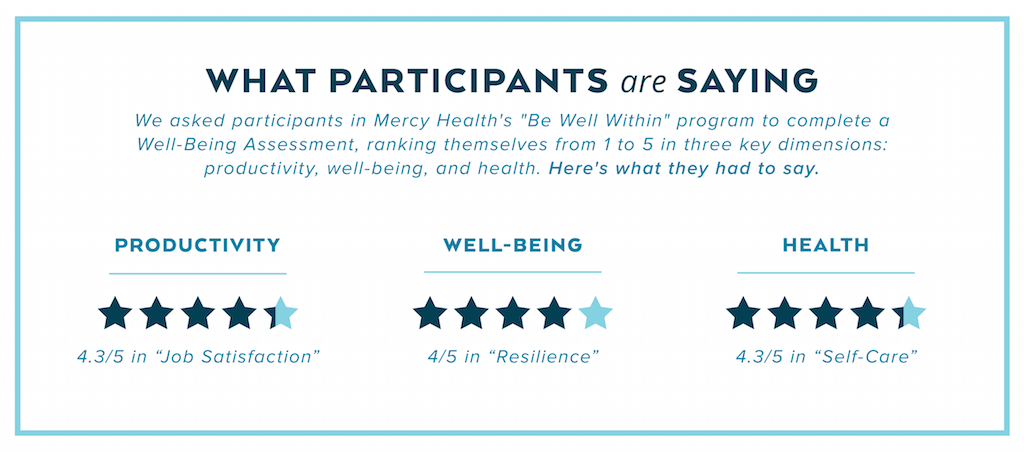Doctors and other healthcare professionals are under more strain than ever before, thanks to the ongoing COVID-19 pandemic. Burnout in medical professionals puts them at a disadvantage when caring for their patients and even themselves. According to the 2021 Physician Burnout & Suicide Report, about 42% of doctors reported being burned out. Physician stress and burnout rates are at an all time high and that is alarming.
Though physicians may appear to be invincible, even they fall ill, and as we all know mental illnesses have no bounds. Because the nature of their profession requires them to assist individuals when they are at their most vulnerable, it is difficult for them to do so if they are not at their best. Physicians frequently miss warnings of stress or depression, and only a handful seek help. Continue reading to learn about the causes and consequences of physician stress and burnout , as well as techniques for improving their mental health and job satisfaction.
What Is Physician Burnout And What Causes Them?
How has physician burnout become such a public health crisis? Physician stress and burnout is characterized by emotional tiredness, dissatisfaction with one’s work, and feelings of ineffectiveness. It usually manifests as a headache, insomnia, anxiety, hostility, cynicism, poor memory, reduced focus, and suicidal thoughts. Physicians who work in front-line areas like emergency care, family medicine, or internal medicine are more prone to physician burnout.
Burnout isn’t just limited to physicians either. Nurses directly caring for patients in hospitals or nursing homes reported higher burnout than those in other job settings, such as the pharmaceutical industry. Those feelings of extreme stress have a trickle-down effect, impacting the quality, safety, and cost of healthcare.
Here are the common causes of physician stress and burnout.
Nature Of The Job
The nature of the job is closely related to burnout. Physicians have direct contact with vulnerable people, many of whom are in pain or dying. Furthermore, they must deal with patients’ families, who may press for answers that are difficult to provide directly. Even on the best of days, physician stress and burnout is just around the corner, because they typically have little to no control over their patients and hospital situations.
Poor Work And Life Balance
Doctors put in long hours. The majority of physicians work between 51 and 60 hours per week. Being a physician is one of the few occupations where taking time off is very difficult. Even if you have a planned day off, you could receive an urgent call concerning a patient or be pulled to the ER to cover a colleague’s shift. In the hospital, anything can happen, and some doctors have accepted that work-life balance is not part of the job.
Hospital Management
The hospital administration’s decisions and actions have a direct impact on physicians and other healthcare workers. Oftentimes, management is observed defining corporate culture, setting goals and objectives, monitoring quality, analyzing performance, selecting and implementing new technology, or just overseeing daily workflow that does not align with the hospital employees. This can lead to conflict, as well as increased physician stress and burnout.
How To Prevent Physician Burnout
Organization-led programs and therapies are unusual for many physicians, leaving them to manage and treat burnout symptoms on their own. This can make finding ways to reduce burnout in healthcare even more difficult. This, however, does not have to be the case. Healthcare organizations can assist in avoiding and reducing physician stress and burnout, and together they can find solutions to physician burnout.
Here are some ways where you can help combat physician stress and burnout.
Normalizing Self-Care
Every day, doctors must attend to a large number of patients, diagnose accurately, and simply be overloaded with work. Doctors are working longer hours and ignoring self-care to keep up with the workload. Some doctors are sacrificing sleep in order to be more productive. However, the solution isn’t working longer or harder. It’s making the well-being of caregivers as high a priority as the patients they see. Think back to the last flight you took. In case of emergency, the flight attendant instructed you to put on your oxygen mask before helping others, right? There’s a good reason for that: You can’t help others if your own well-being is in danger. Physician stress and burnout is very real and must be taken seriously by taking care of yourself first.
Shifting from Job Performance to Human Performance
Employees who are in good health, in theory, take fewer sick days and are thus more productive and cost efficient. Employee health reduces overall healthcare expenditures. As a result, many healthcare businesses invest in a wellness program aimed at enhancing staff’s physical health. The only issue? This approach looks at employees as a liability, in terms of how much they cost the company, rather than an asset. A wellness program of this kind will only add to physician stress and burnout as it threatens their job security.
At ADURO, we believe that health is just one aspect of a person’s well-being. That’s why we’ve shifted the focus from “job performance” to “human performance,” the notion that a person performs their best when they lead a well-balanced lifestyle.
The four key elements of our Human Performance model include:
- Health & Fitness
- Money & Prosperity
- Growth & Development
- Contribution & Sustainability
Each of these elements is intertwined. If any one element is imbalanced, it has the potential to impact the others. Conversely, the more areas in which a person thrives, the more successful he or she will become. Strong individuals lead to strong companies.
Mercy Health, a large healthcare system, is a great example of this philosophy in action. The organization has been a client of ADURO’s for more than three years. It scored the highest of any organization we serve in every Key Performance Indicator, including productivity, well-being, and health.

How were they able to achieve these results? Mercy Health made the self-care of physicians, nurses, and all staff a priority. The organization offers its employees an outdoor walking path, fitness centers, and the “Be Well Within” program. The program was designed to support its employees (and spouses covered on a Mercy Health medical plan) on their journey to health and well-being — in mind, body, and spirit. Mercy Health’s leadership team understands that a happy, healthy workforce benefits providers, their families, their employers, and their patients.
And we know that you do, too.
Giving Care To Healthcare Providers
It’s time for physicians, nurses, and clinical staff to receive the same level of care that they provide to patients. ADURO can help. Physicians are much too often preoccupied with the health results of their patients, at the expense of their own unaddressed personal health problems. Physician burnout is a widespread problem that affects physicians of all levels of expertise. As an outcome, it is the consequence of a competitive, high-achieving mindset paired with the high-stakes, fast-paced environment in healthcare.
In the healthcare scene, no one is immune to physician stress and burnout. Doctors can become burnt out, however, it can be avoided or reduced if individuals and healthcare organizations are aware of and prepared to address and prevent stress and burnout concerns.
Discover how our Human Performance approach helps people overcome obstacles to reach their full potential.

